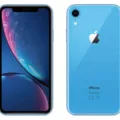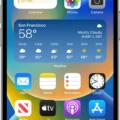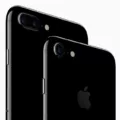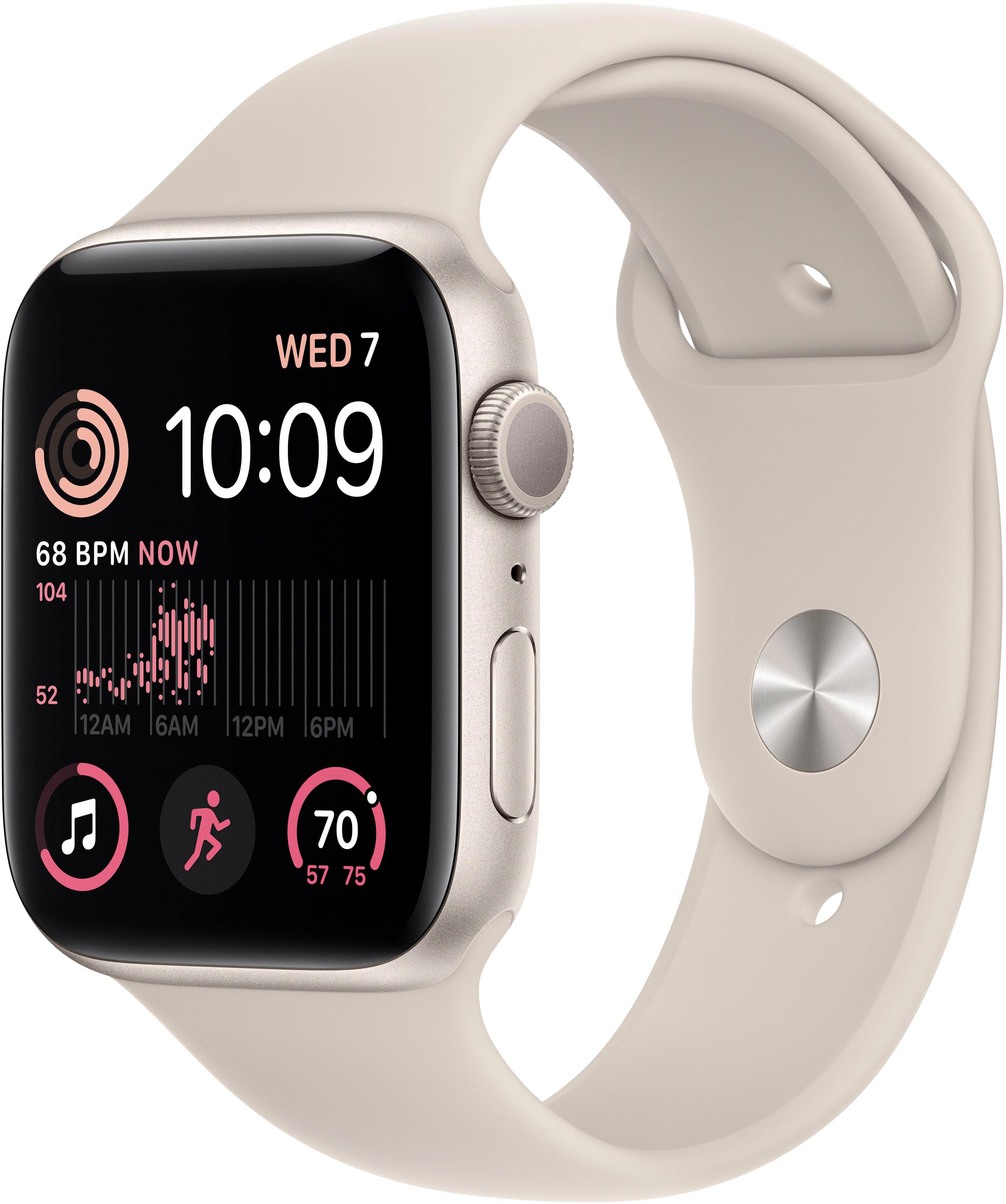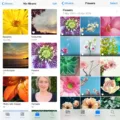The iPhone screen is a vital component of the device, allowing users to interact with various applications, messages, and media. It is essential to keep the screen clean and free from dirt, germs, and smudges for optimal performance and hygiene. In this article, we will discuss the importance of maintaining a clean iPhone screen and provide step-by-step instructions on how to effectively clean it.
Regularly cleaning your iPhone screen offers several benefits. Firstly, it improves the overall user experience by ensuring a clear and vibrant display. A dirty screen can hinder visibility and make it difficult to read text or view images. Secondly, cleaning your iPhone screen eliminates smudges and fingerprints that can accumulate over time, giving your device a fresh and polished appearance. Lastly, and most importantly, cleaning your iPhone screen helps minimize the spread of germs and bacteria, promoting good hygiene and reducing the risk of illness.
Before cleaning your iPhone screen, it is crucial to take certain precautions to protect your device. Start by turning off your iPhone and disconnecting it from any external power sources. This will not only help you see the dirt more clearly but also minimize the risk of a short circuit.
Next, gather the necessary cleaning supplies. Avoid using harsh cleaning agents such as Clorox, Windex, or Lysol, as they can damage your iPhone screen. Instead, opt for alcohol-based cleaners containing at least 70 percent alcohol. Lens cleaning wipes, commonly used for eyeglasses, are ideal for cleaning smartphone screens. These wipes are gentle and specifically designed for delicate surfaces.
Carefully remove a lens cleaning wipe from its packaging and unfold it. Gently wipe the entire surface of your iPhone screen in a circular motion. Pay special attention to areas with visible smudges or fingerprints, ensuring thorough cleaning. Avoid applying excessive pressure or scrubbing vigorously, as this may damage the screen or enter the device’s internal components.
If you do not have lens cleaning wipes, you can create your own cleaning solution. Mix 70 percent isopropyl alcohol with distilled water in a 1:1 ratio. Dampen a microfiber cloth with this solution and gently wipe the iPhone screen. Microfiber cloths are soft and lint-free, making them ideal for delicate screens.
After cleaning, allow the iPhone screen to air dry for a few minutes. Ensure that no liquid enters the device’s ports or openings. Once dry, you can turn on your iPhone and reconnect it to any necessary power sources.
To minimize the accumulation of dirt and germs on your iPhone screen, consider the following preventive measures:
– Wash your hands regularly before using your iPhone to reduce the transfer of germs.
– Avoid using your iPhone with dirty or oily hands.
– Use a screen protector to provide an additional layer of protection against scratches and smudges. These protectors can be easily cleaned or replaced when necessary.
– Consider using a stylus or a clean cloth to interact with your iPhone screen, reducing direct contact with your fingers.
Regularly cleaning your iPhone screen is essential for maintaining optimal performance, hygiene, and visual clarity. By following the proper cleaning techniques outlined in this article, you can ensure a clean and germ-free screen that enhances your overall iPhone experience. Remember to take precautions, use appropriate cleaning solutions, and adopt preventive measures to maintain a pristine and functional iPhone screen.
Can You Use Alcohol Wipes to Clean Your Phone?
You can use alcohol wipes to clean your phone. The Centers for Disease Control and Prevention (CDC) recommends using alcohol-based wipes or sprays containing at least 70 percent alcohol to disinfect touch screens. Alcohol is effective in killing many types of germs, including the coronavirus.
To clean your phone using alcohol wipes, follow these steps:
1. Make sure your phone is turned off and disconnected from any power sources.
2. Gently wipe the screen and the back of your phone with the alcohol wipe.
3. Avoid getting any moisture into the openings of your phone, such as the charging port or headphone jack.
4. Allow your phone to air dry completely before turning it back on or reconnecting it to power.
In addition to using alcohol wipes, here are some other steps you can take to minimize your mobile device’s exposure to germs and the coronavirus:
– Wash your hands thoroughly with soap and water before and after using your phone.
– Avoid touching your face, especially your eyes, nose, and mouth, while using your phone.
– Clean and disinfect frequently touched surfaces around your phone, such as tables or countertops.
– Avoid sharing your phone with others, especially if they are sick or have been in contact with someone who is sick.
– Consider using a phone case or screen protector that is easy to clean and disinfect.
Remember to always follow the manufacturer’s instructions for cleaning and disinfecting your specific phone model. If you don’t have access to alcohol wipes, you can also use a soft, lint-free cloth dampened with a mixture of soap and water to clean your phone. Just be sure to wring out the cloth well to avoid excess moisture.
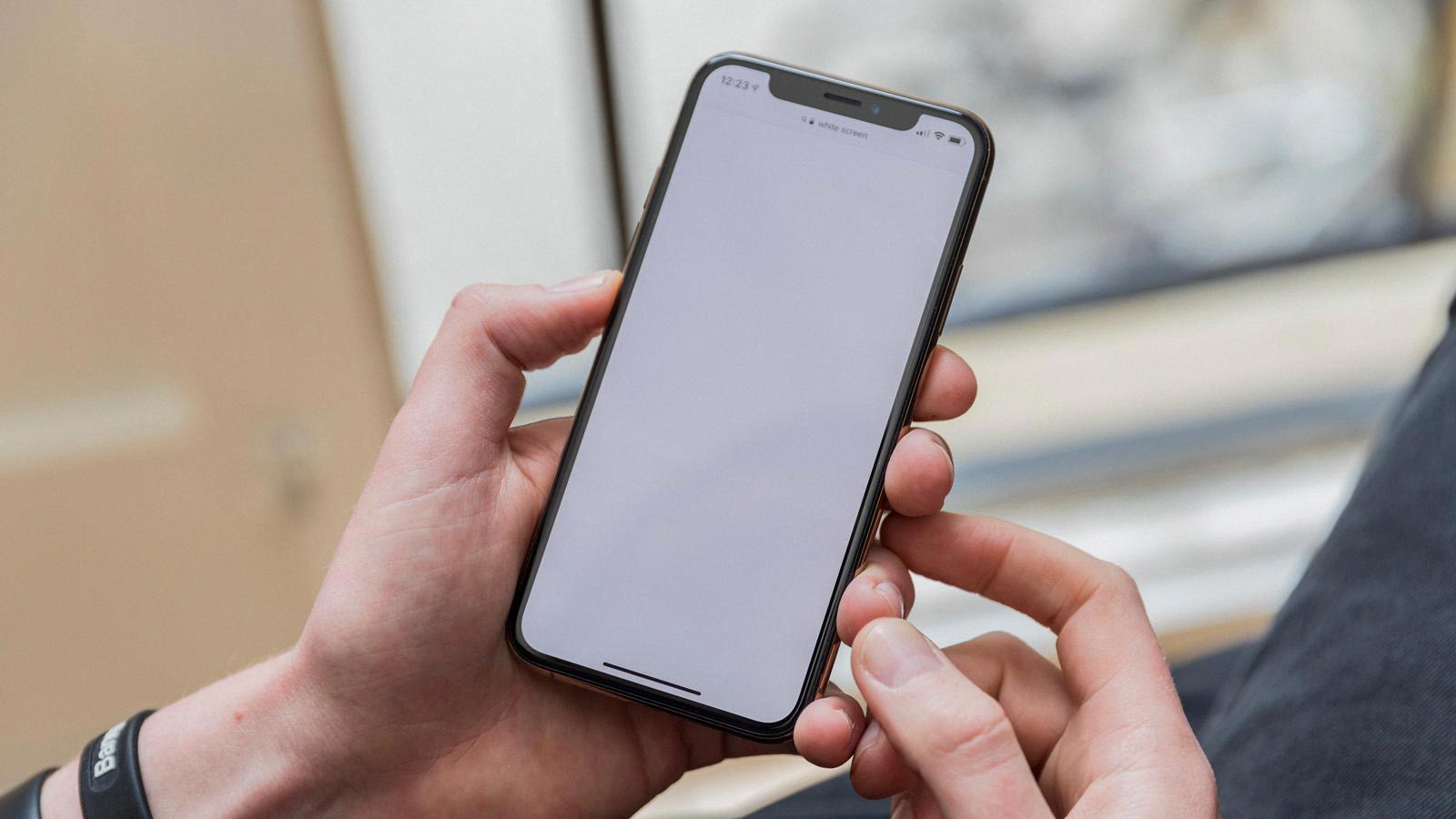
Can You Use Lens Wipes On Your iPhone Screen?
You can use lens cleaning wipes on your iPhone screen. Lens cleaning wipes are alcohol-based cleaners that are safe to use on electronic devices, including smartphone screens. They are specifically designed to remove smudges, fingerprints, and dirt without damaging the screen.
Here are some key points to note:
– Lens cleaning wipes are effective in cleaning and disinfecting your iPhone screen.
– They are gentle and won’t leave any streaks or residue on the screen.
– Make sure to choose alcohol-based lens cleaning wipes, as other types of wipes may contain chemicals that can harm your screen.
– Avoid using Clorox, Windex, Lysol, or any other household cleaning products on your iPhone screen, as they can damage the screen’s protective coating.
– When using the lens cleaning wipes, gently wipe the screen in a circular motion to remove any dirt or smudges.
– It’s always a good idea to turn off your iPhone and remove any cables or chargers before cleaning the screen.
– Be cautious not to apply excessive pressure while cleaning, as it can damage the screen.
By following these guidelines, you can safely and effectively clean your iPhone screen using alcohol-based lens cleaning wipes.
Can You Use Baby Wipes to Clean Your iPhone Screen?
Using baby wipes to clean your iPhone screen is not recommended. While they may seem convenient, they are not designed specifically for electronic devices and can potentially cause damage. Here are a few reasons why using baby wipes is not a good idea:
1. Moisture: Baby wipes are pre-moistened, and the excess moisture can seep into your iPhone’s ports and buttons, leading to potential water damage. It is crucial to keep moisture away from your device to prevent malfunctions.
2. Harsh Chemicals: Baby wipes often contain various chemicals and fragrances that can be harmful to the sensitive coatings on your phone’s screen. These chemicals may cause discoloration, damage the oleophobic (oil-repellent) coating, or even leave behind residue.
3. Abrasiveness: Some baby wipes may have a slightly abrasive texture, which can scratch or damage the surface of your iPhone screen. Even minor scratches can affect the visibility and responsiveness of your device.
To properly clean your iPhone screen, it is recommended to follow these steps:
1. Turn off your iPhone and disconnect it from any external power sources to minimize the risk of a short circuit.
2. Use a microfiber cloth, specifically designed for electronic devices, to gently wipe the screen in a circular motion. Microfiber cloths are soft and won’t scratch the screen.
3. If necessary, lightly dampen the cloth with distilled water or a screen-cleaning solution specifically made for electronic devices. Avoid using excessive liquid, as it can seep into the device.
4. Avoid using paper towels, tissues, or any rough materials, as they can potentially scratch the screen.
5. Pay attention to the edges and corners of the screen, as dirt and grime tend to accumulate there. Use a clean, dry cloth to ensure all moisture is removed.
Remember, it’s essential to take precautions while cleaning your iPhone screen to avoid any damage. Using the appropriate cleaning materials and following the recommended steps will help keep your device in optimal condition.
Conclusion
When it comes to cleaning your iPhone screen, it is important to follow proper guidelines to ensure effective disinfection without damaging the device. While the manufacturer’s instructions may not always be available, the CDC recommends using alcohol-based wipes or sprays containing at least 70 percent alcohol.
It is essential to avoid using Clorox, Windex, or Lysol cleaning products on your electronic devices, as they can potentially harm the screen. Instead, opt for alcohol-based cleaners such as lens cleaning wipes, similar to those used for cleaning eyeglasses.
Before cleaning, make sure your phone is turned off and disconnected from any external power sources. This will not only make it easier to see the dirt on your screen but also reduce the risk of a short circuit.
Additionally, it is important to note that pre-moistened baby wipes may seem convenient, but they are not recommended for cleaning your iPhone screen.
By following these guidelines and taking necessary precautions, you can effectively clean your iPhone screen and minimize its exposure to germs and the coronavirus.

